Pliability vs Flexibility: What’s the Difference, and Why Does It Matter?
When it comes to improving movement and preventing injuries, two terms often crop up: pliability and flexibility. At first glance, they might seem interchangeable, but they address different aspects of how your body moves. Understanding the distinction is essential for athletes striving for balanced performance and longevity in their training.
Let’s break down the differences, the benefits of each, and how to incorporate them into your routine.
What Is Flexibility?
Flexibility is your muscles' ability to lengthen passively to allow a joint to move through its range of motion. Think of it as how far you can reach during a static stretch.
For example:
- Touching your toes during a hamstring stretch demonstrates flexibility.
- Passive yoga poses like seated forward folds also rely heavily on flexibility.
Benefits of Flexibility:
- Increases range of motion.
- Improves posture.
- Reduces the risk of muscle strains.
However, flexibility alone doesn’t guarantee strength or control within that extended range of motion. That’s where pliability comes into play.
What Is Pliability?
Pliability refers to your muscles' ability to stay supple, resilient, and adaptable under tension. It combines flexibility with the strength and control required to maintain stability and power throughout dynamic movements.
For example:
- When performing functional exercises like squats or lunges, pliability allows your muscles to adapt to the load while maintaining proper form.
- In explosive movements like sprints or kettlebell swings, pliable muscles absorb and release energy efficiently.
Benefits of Pliability:
- Improves muscle recovery and reduces soreness.
- Enhances functional movement and athletic performance.
- Increases resilience to injuries by allowing muscles to handle dynamic loads.
Pliability vs Flexibility: The Key Differences
While flexibility focuses on the range of motion, pliability is about how your muscles perform within that range. A flexible muscle may stretch far, but if it’s not pliable, it could be weak or prone to injury during dynamic activities.
Flexibility:
- Primarily static.
- Focuses on elongating muscles.
- Useful for static stretches and improving passive movement.
Pliability:
- Dynamic and functional.
- Focuses on strength and adaptability under tension.
- Essential for athletic performance and injury prevention.
How to Incorporate Both into Your Routine
1. Train Flexibility with Static Stretching:
- Dedicate 10-15 minutes post-workout to static stretches.
- Focus on major muscle groups, such as hamstrings, calves, shoulders, and hip flexors.
2. Build Pliability Through Functional Movements:
- Include dynamic stretches like walking lunges or arm circles in your warm-up.
- Use resistance bands or light weights to train muscles across their full range of motion.
- Incorporate foam rolling and massage to enhance muscle elasticity and recovery.
3. Blend Both in Recovery Days:
Practices like yoga or Pilates can combine flexibility and pliability training, improving your range of motion while strengthening stabilising muscles.
Why Athletes Need Both
For athletes, having both flexibility and pliability is non-negotiable. While flexibility ensures your body can achieve full ranges of motion, pliability allows you to perform at high intensities within those ranges without risking injury.
By incorporating both into your training, you’ll move better, recover faster, and stay prepared for the demands of any workout or competition.
Take Action
If you’re serious about improving your performance, make pliability and flexibility a core part of your training programme. Gear up with Built For Athletes for all the tools you need to support your journey, from recovery accessories to gym bags that keep you prepared for anyting.





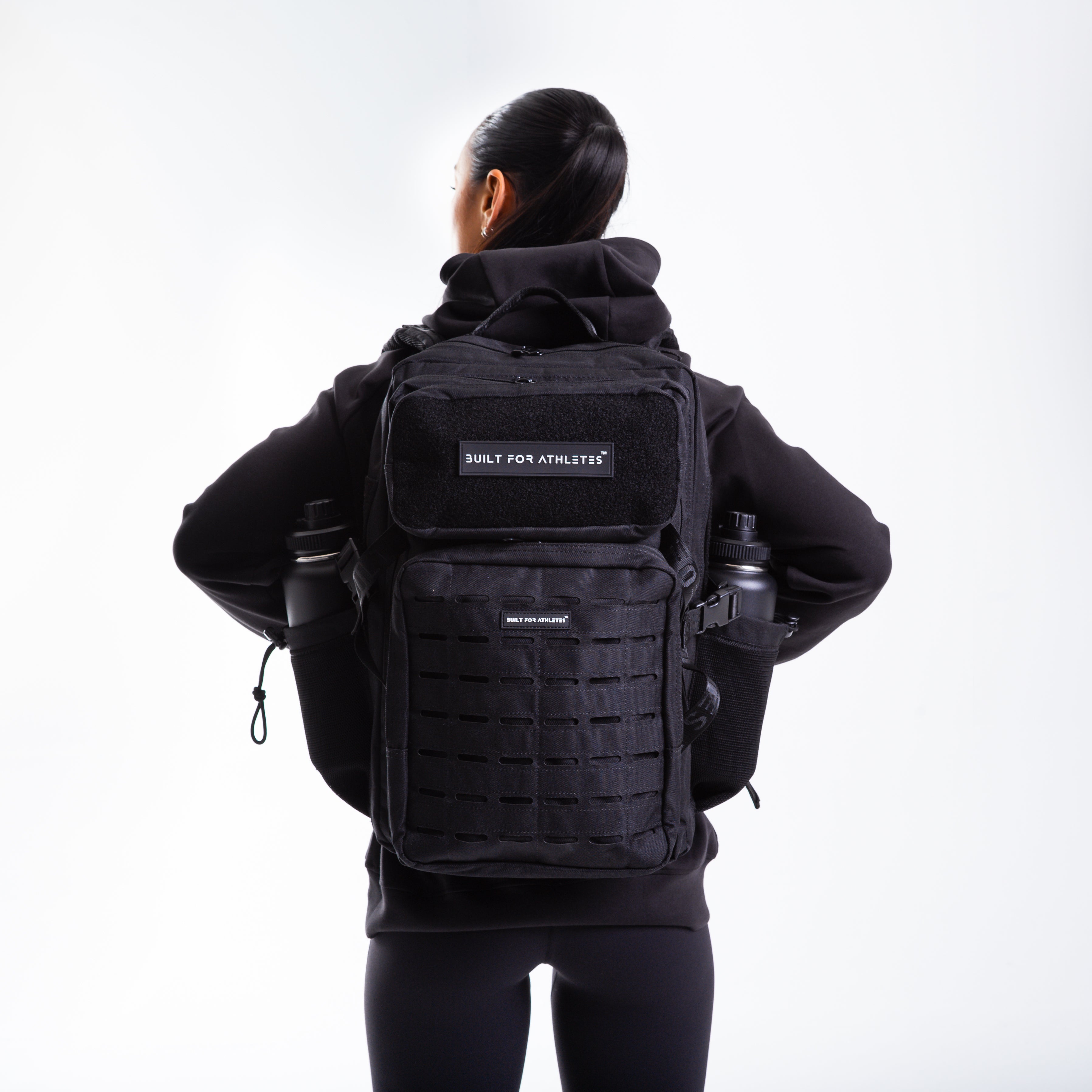


























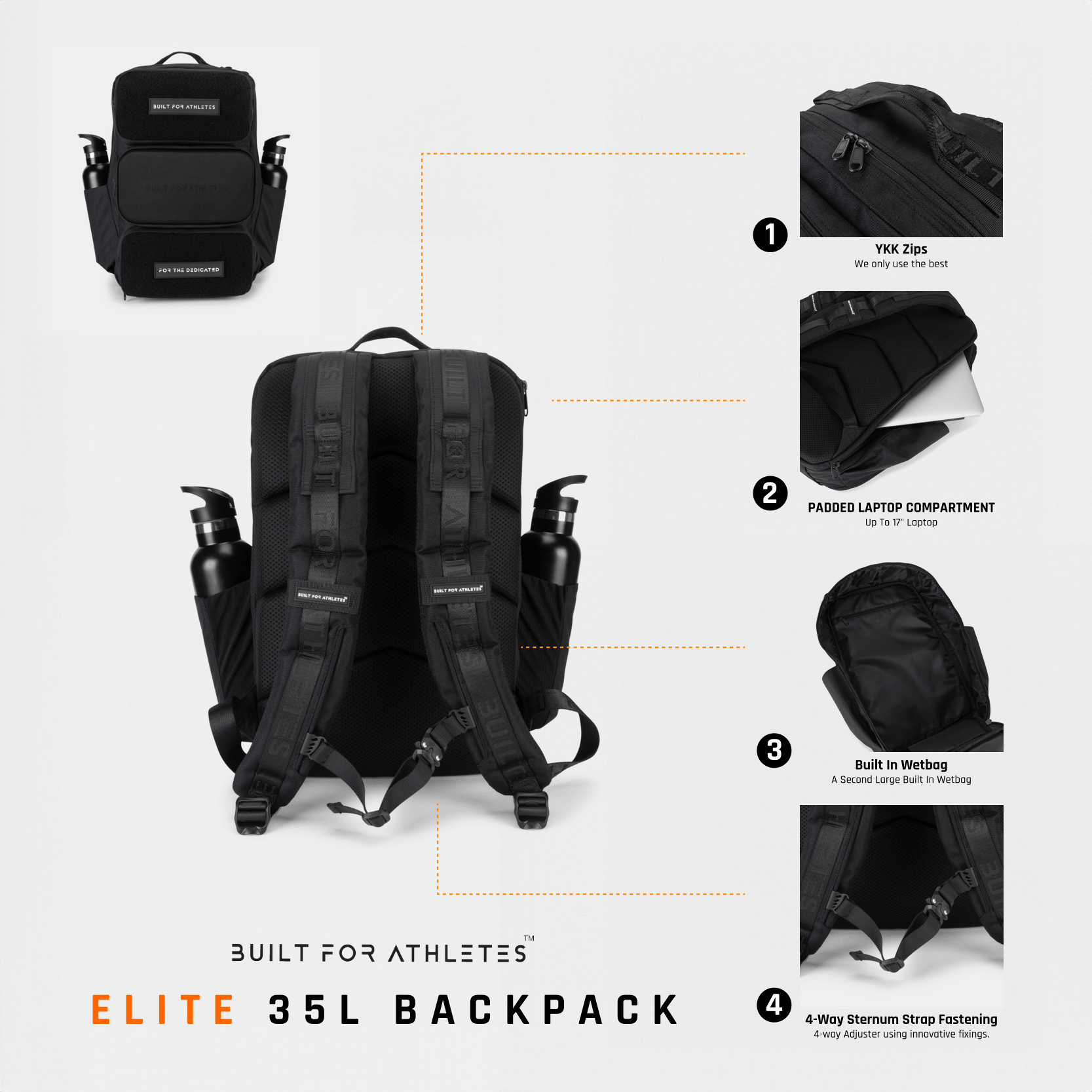






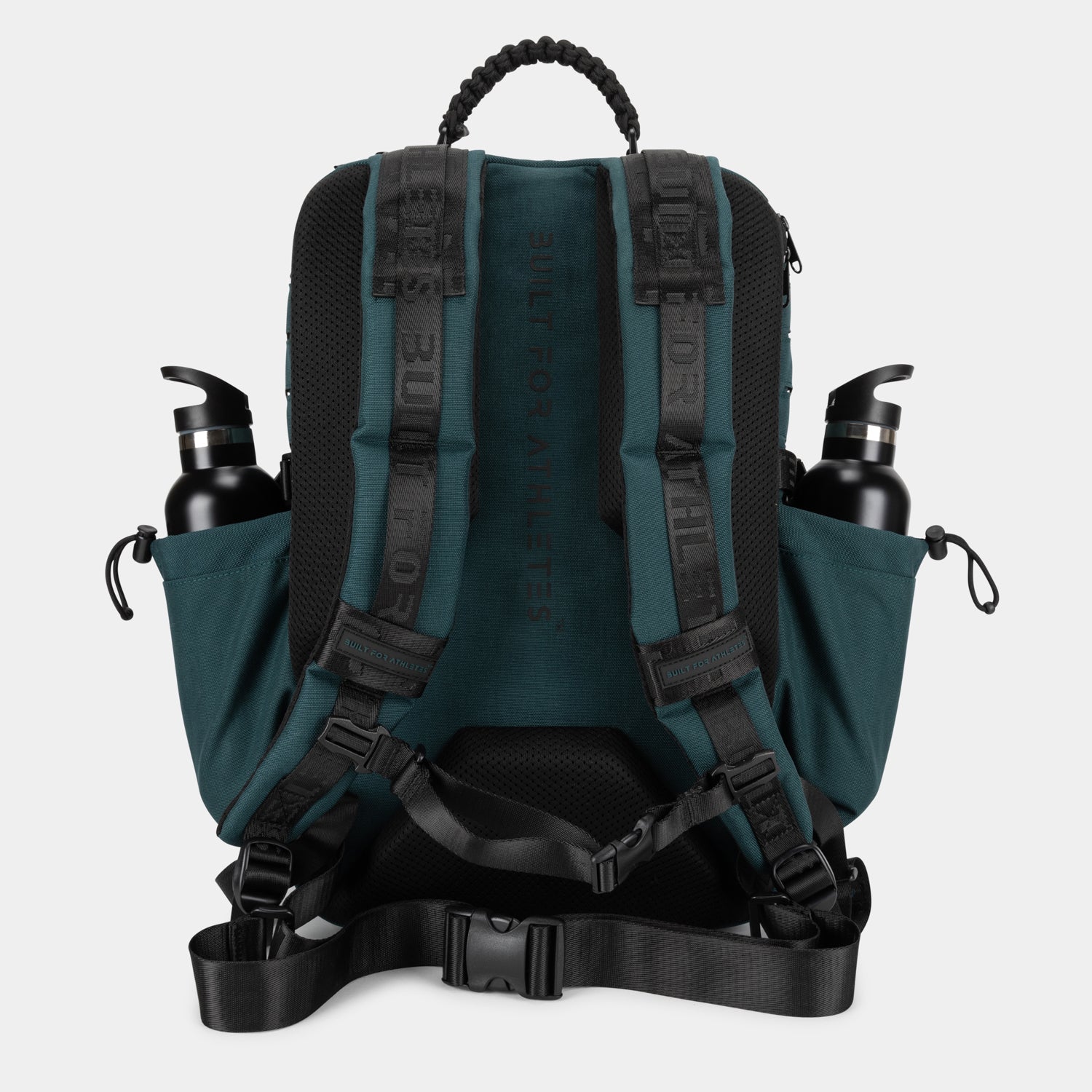



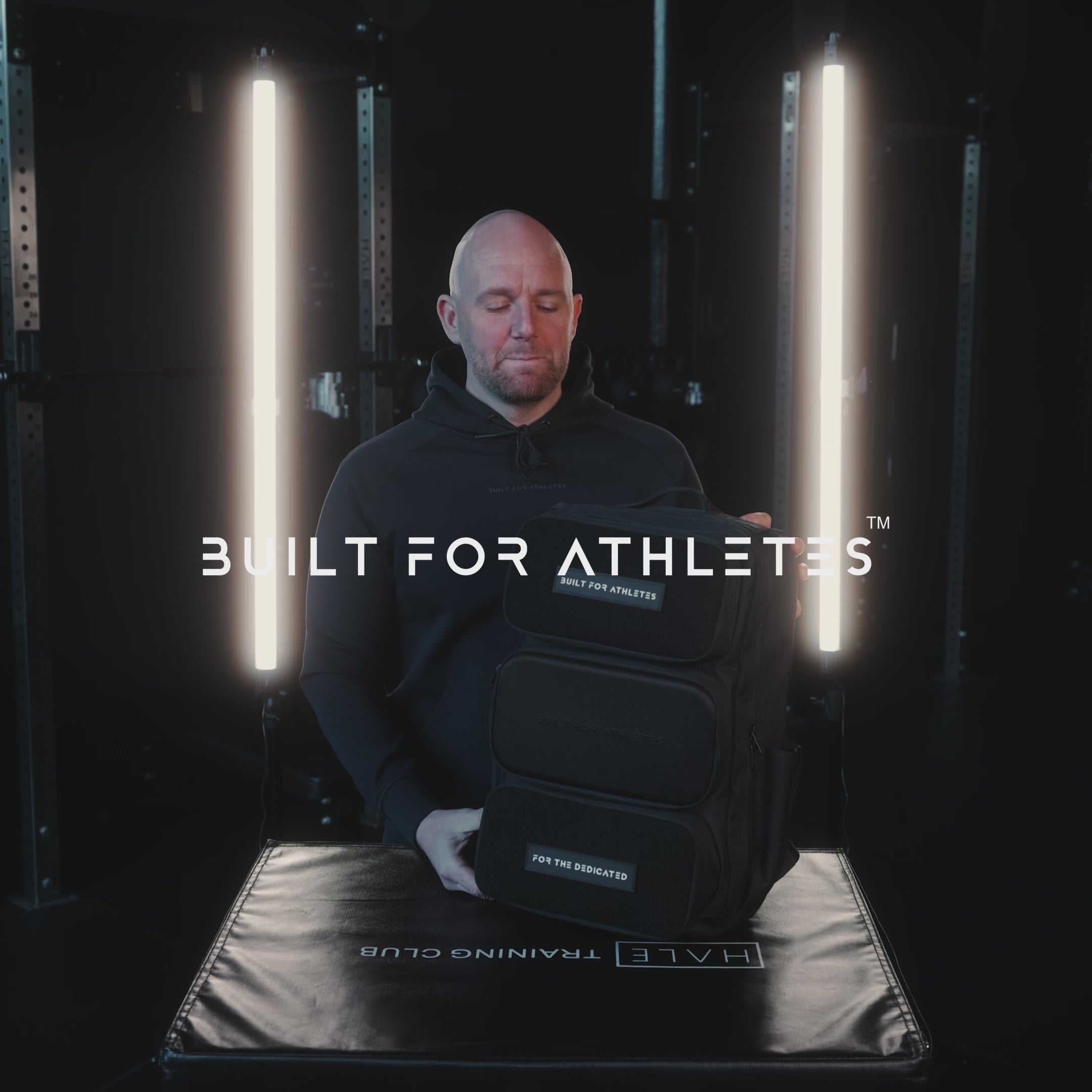

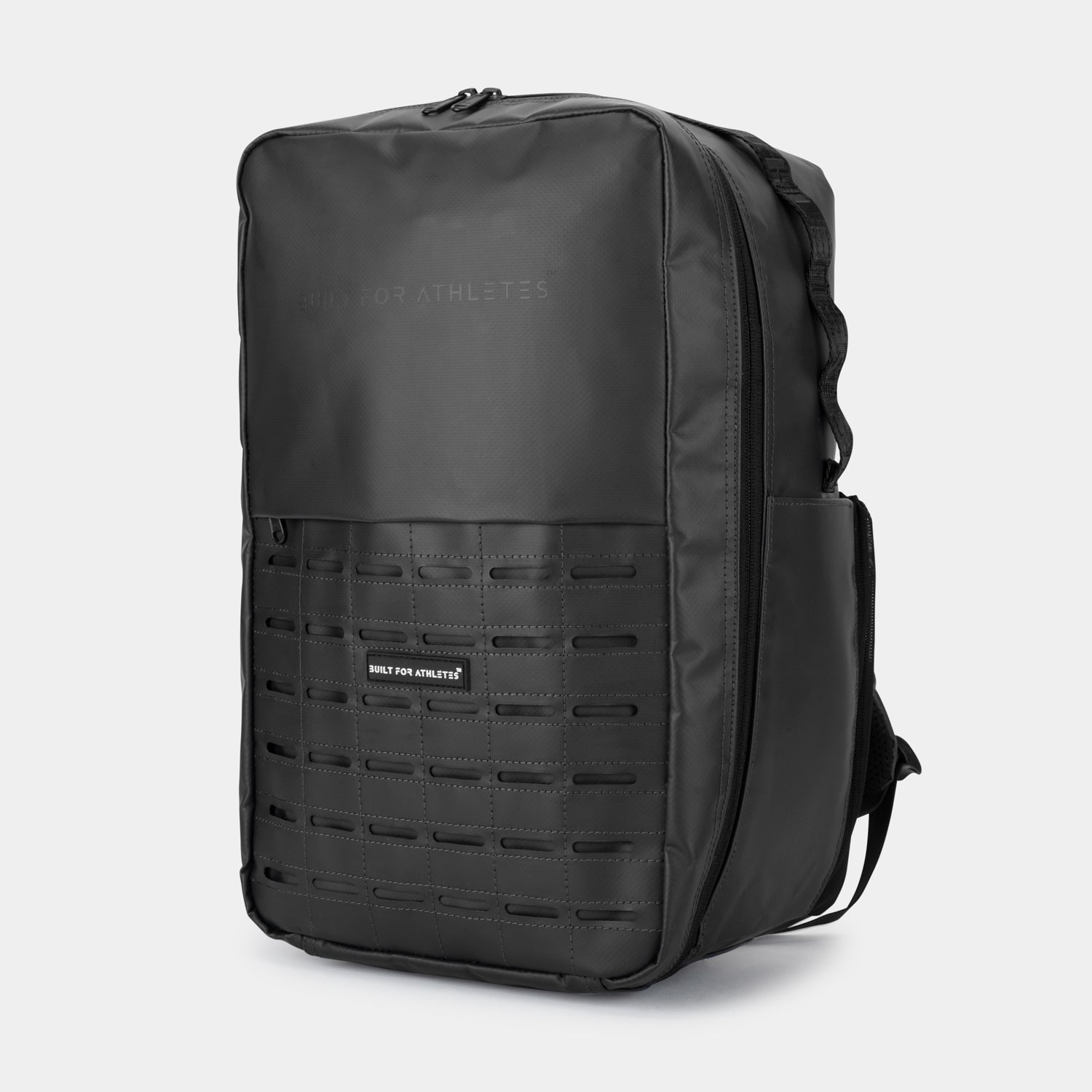











Teilen Sie:
Hybrid Training With Jonny Pain
Get Into Gear For Christmas